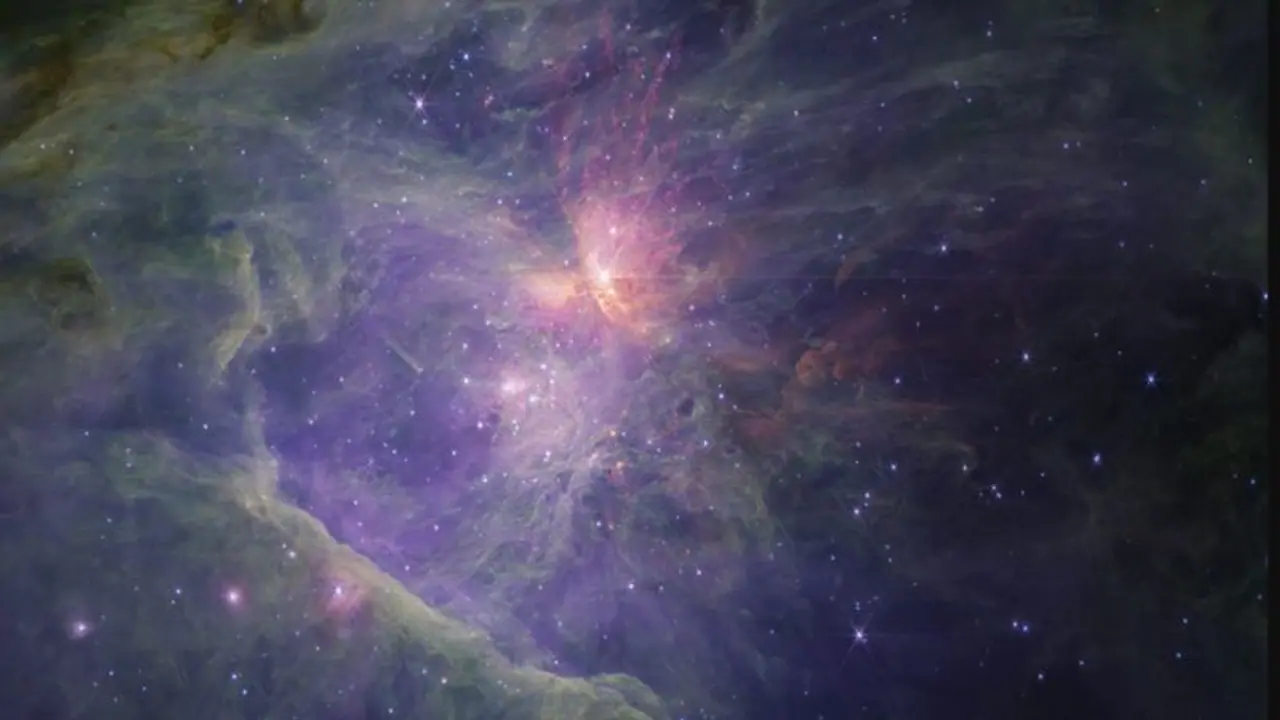The James Webb Space Telescope (JWST) has detected Jupiter-sized free-floating celestial objects, termed "JuMBOs," in space, baffling astronomers who are exploring their origin and defying conventional planetary definitions.
The James Webb Space Telescope (JWST), renowned as humanity's most potent telescope, has made a significant discovery by detecting Jupiter-sized objects that are unattached to any star in space, as reported by the BBC. These enigmatic celestial bodies have been affectionately dubbed "Jupiter Mass Binary Objects," or "JuMBOs."

During a survey of the Orion Nebula, the JWST identified approximately 40 pairs of these peculiar entities. They present a perplexing challenge to astronomers because they are too small to qualify as stars yet do not conform to the conventional definition of planets since they lack an orbit around a parent star. Consequently, these findings have left scientists puzzled and searching for explanations.
The European Space Agency (ESA) has proposed two possible origins for these massive entities. Firstly, they suggest that these objects may have originated from regions within the nebula where the material density was insufficient to form fully-fledged stars. Alternatively, these objects might have initially formed around stars but were subsequently ejected due to gravitational interactions.
The prevailing hypothesis among scientists is the ejection scenario, where gas physics implies that objects with the mass of Jupiter cannot form independently. They speculate that single planets can be expelled from star systems, but the challenge lies in understanding how pairs of such objects are expelled together. This remains an unsolved mystery, and scientists are eagerly awaiting insights from theoretical models.
Dr. Ed Bloomer, an astronomer at the Royal Observatory Greenwich, emphasized the significance of this discovery in the Orion Nebula, a "stellar nursery" known for its star-forming capabilities.
''It's happening in the Orion Nebula, a star-forming ‘stellar nursery' where we have already seen hundreds of nascent planetary systems. Together, this points to the possibility that our existing models and explanations for planetary formation and evolution aren't as complete as we'd like them to be – and I don't think any astronomer would claim that we had explained everything in that area of astrophysics anyway. Potentially we're looking at something very different from what anyone has seen before," he told metro.co.uk.
The James Webb Space Telescope, launched in 2021 and operational since 2022, has significantly reshaped our understanding of the early universe. It has provided breathtaking cosmic imagery and unveiled remarkable insights, including the existence of the earliest-known galaxies and black holes. The Webb telescope is approximately 100 times more powerful than the Hubble telescope, making it a groundbreaking instrument for astronomical research.
